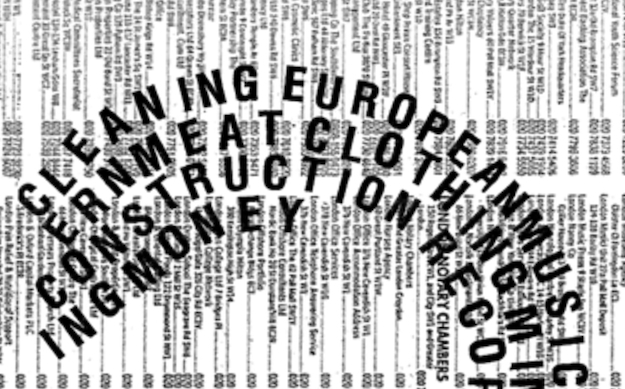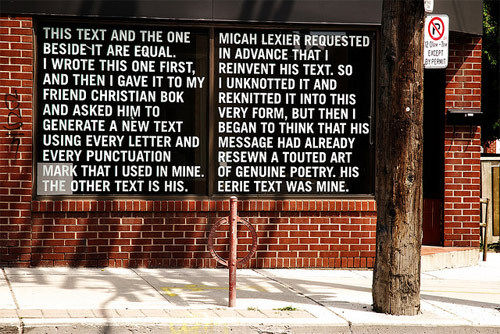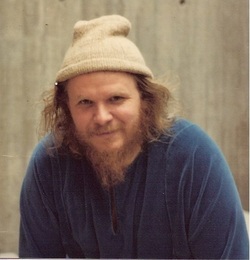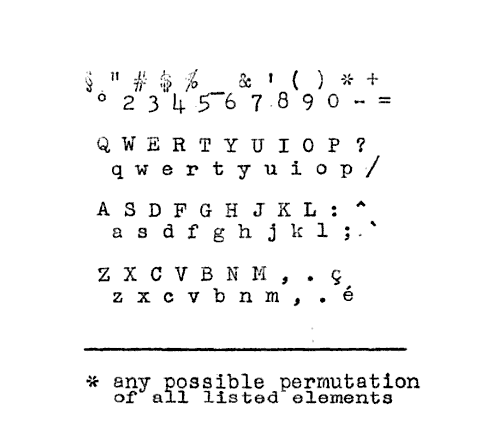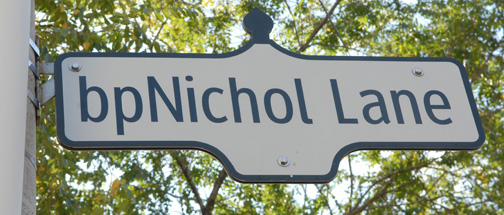We're closing the term out in somewhat irreverent fashion, but while our readings for today might seem more like fun and games, there are serious aesthetic notions at work beneath the humorous surface.
First, we'll take a look at homophonic and homolinguistic translations. While the two terms are frequently used interchangeably, if we're getting technical homophonic translation describes transformative processes in which a text is translated from a foreign language into English — as Charles Bernstein explains on his infamous experiments list, "Take a poem in a foreign language that you can pronounce but not necessarily understand and translate the sound of the poem into English (e.g., French "blanc" to blank or "toute" to toot)" — whereas homolinguistic translation describes similar translations of "English into English."
You've already encountered a few examples, including Kenneth Koch's "Transposed Hamlet" ("Tube heat, or nog tube heat . . ."), Ted Berrigan's "Mess Occupations," and Christian Bök's transformation of Arthur Rimbaud's "Voyelles" as "Veils" in our last class, and I thought we'd take a look at a few more examples for today.
You've already encountered a few examples, including Kenneth Koch's "Transposed Hamlet" ("Tube heat, or nog tube heat . . ."), Ted Berrigan's "Mess Occupations," and Christian Bök's transformation of Arthur Rimbaud's "Voyelles" as "Veils" in our last class, and I thought we'd take a look at a few more examples for today.
First, here's Kenneth Goldsmith's "Head Citations" [read / listen], which elevates misheard song lyrics to found poetry. Then check out Bernstein's "From the Basque" [link], and Ron Silliman's discussion of the technique [link], which includes examples from Chris Tysh, David Melnick, and his own writing. You can find more examples on the Wikipedia page for homophonic translation, and those interested in far deeper (albeit optional) reading in the form should look at Six Fillious, an ambitious multilingual collaboration between six authors (including George Brecht), which was published in 1978.
This is an avant-garde technique that gets used a hell of a lot more commonly than you might imagine. For example:
or
A few more interesting examples include Italian songwriter Adriano Celentano's 1972 gibberish song "Prisecolinensinenciousol," which is intended to sound like American English:
And a more recent example in the same vein as Celentano's experiment is Skwerl, a short film by Karl Eccleston and Brian Fairbairn, which aims to capture how English sounds to non-English speakers:
If you find this technique interesting, you might also want to check out the related phenomena of Mondegreens and Anguish Language, and in a certain regard, I think this is the most beautifully commonplace poetry, since it infiltrates our everyday lives far more successfully than what we typically think of as poetry. Towards that end, it feels like a very appropriate way in which to end the semester.



